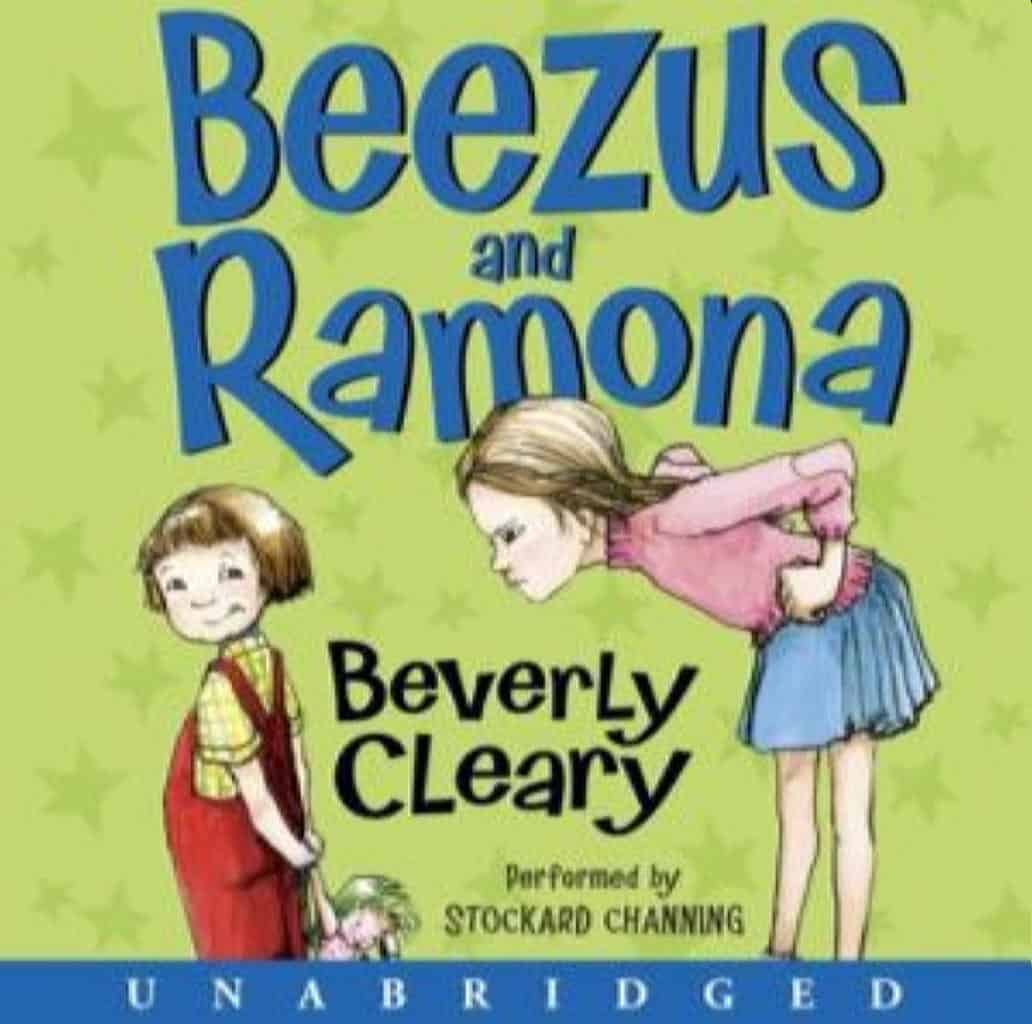 Audiobooks for the Family
Audiobooks for the Family
By Amber Johnson, Youth Services Assistant
Having books read to you can be one of the most delightful experiences. Ask any adult what they loved to do before bed as a child, and the answer will most likely be listening to their parents read them a story. As children get older, that ritual might change into reading on their own before bed, but the excitement of being read to doesn’t always fade along with it. Audiobooks are a great resource for children and families to quench this thirst for more books in their lives. Audiobooks give children (and adults!) the opportunity to engage with a book that is above their reading level. They also help readers develop a sense of prosody, or using expression as they read. The library gives you access to thousands of audiobooks, both in CD format and digital. The following are a few titles and series that I would recommend for the whole family to enjoy together.
The Ramona series by Beverly Cleary
This classic series follows sisters Ramona and Beezus as they try to navigate through sisterhood, silly business, and family struggles. Ramona is the obnoxious little sister, prone to shenanigans and honest words. Beezus is the put-together older sister, trying to figure out life and its intricacies. The Ramona books offer opportunities to talk with your kids about family dynamics and making positive decisions. This series is available on CD, Hoopla and Sunflower eLibrary.
All the Wrong Questions series by Lemony Snicket
Alleged to be an autobiographical account of his life, Lemony Snicket describes his experience as an apprentice to an investigator in this quirky series. Snicket uses the usual gloomy, sarcastic tone throughout this series and gives readers the chance to meet a crew of very unusual characters. If you liked the Series of Unfortunate Events, this is definitely the series for you. This series is available on CD and Hoopla.
I, Funny series by James Patterson
Middle schooler Jamie wants desperately to be a standup comedian. This series follows his quest for comedic greatness among the unfortunate trials and tribulations of being a teenager. From contests to TV shows to comedy classes, Jamie tells his story in such a hilarious way, it’s sure to have everyone laughing out loud. This series is available on CD and Hoopla.
The Fourteenth Goldfish by Jennifer Holm
When a strange boy appears in her life who seems to resemble her grandfather in stature and character, Ellie is faced with truths about immortality, science and her family. Filled with facts about science and funny quips from the boy, this book is lovable and entertaining. This book is available on CD and Sunflower eLibrary.
Hoot by Carl Hiaasen
Carl Hiaasen is the king of writing books about children making an environmental impact. When main character Roy discovers a building site underneath which owls have made their home, he sets his mind to sabotage the building plans. Through quick wit and quirky characters, Hoot will surely cause you and your kids to think about the way you view the world around you. This book is available on CD.
Any books by Andrew Clements
Children love reading about other children accomplishing great feats. In his stories, Andrew Clements introduces numerous situations in which children want to change their world. From inventing a new word to starting a class newspaper, his characters are determined to make an impact. Adults listening to these books might just feel empowered as well. This author’s books are available on CD.
If none of these titles sounds intriguing to you, or if you’ve already listened to them, a member of the Youth Services staff would be more than happy to recommend different audiobooks to you. If you are new to audiobooks and would prefer to listen to them digitally, stop by any reference desk to get help in setting up your Hoopla or Libby account.


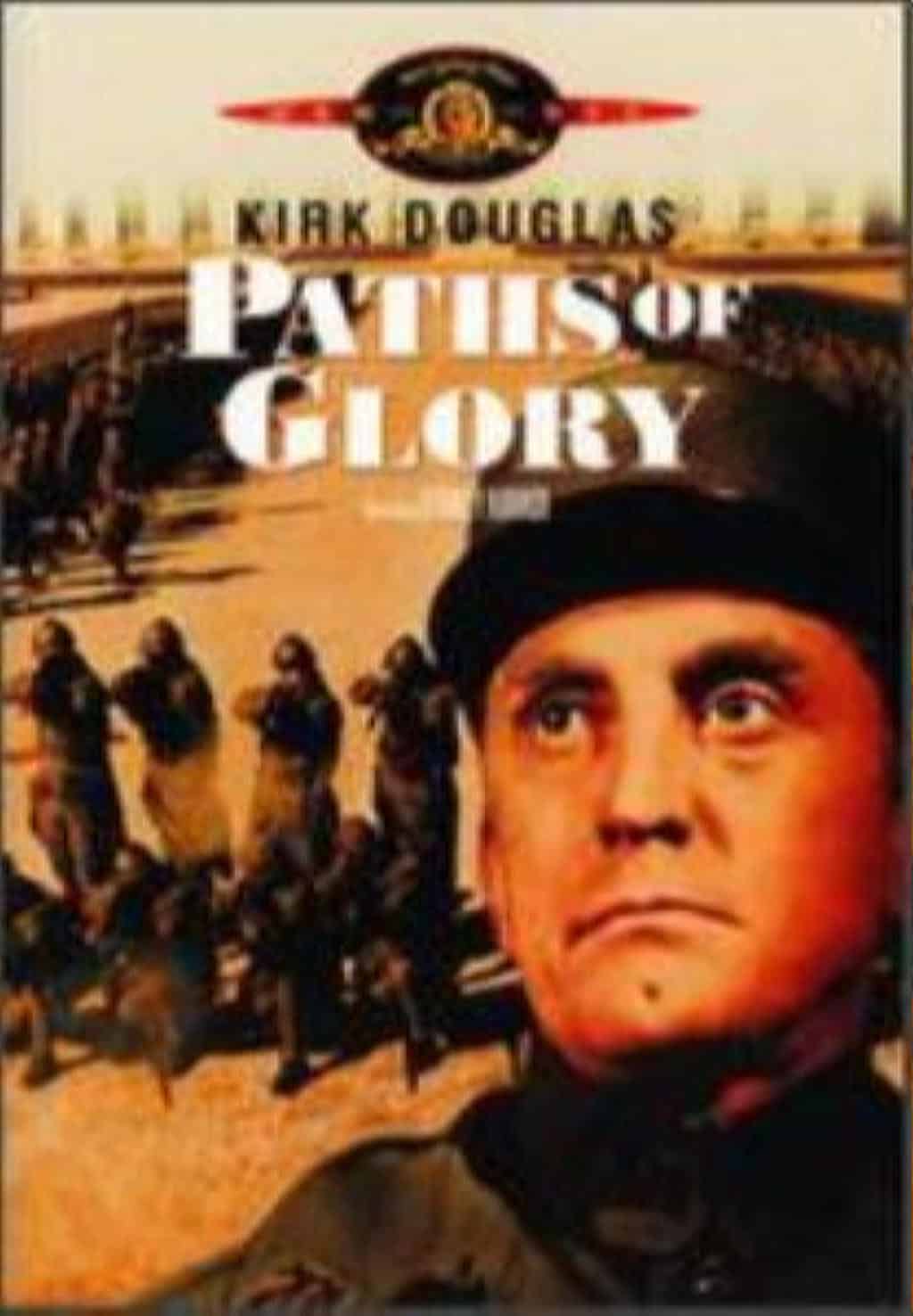 World War One on Film
World War One on Film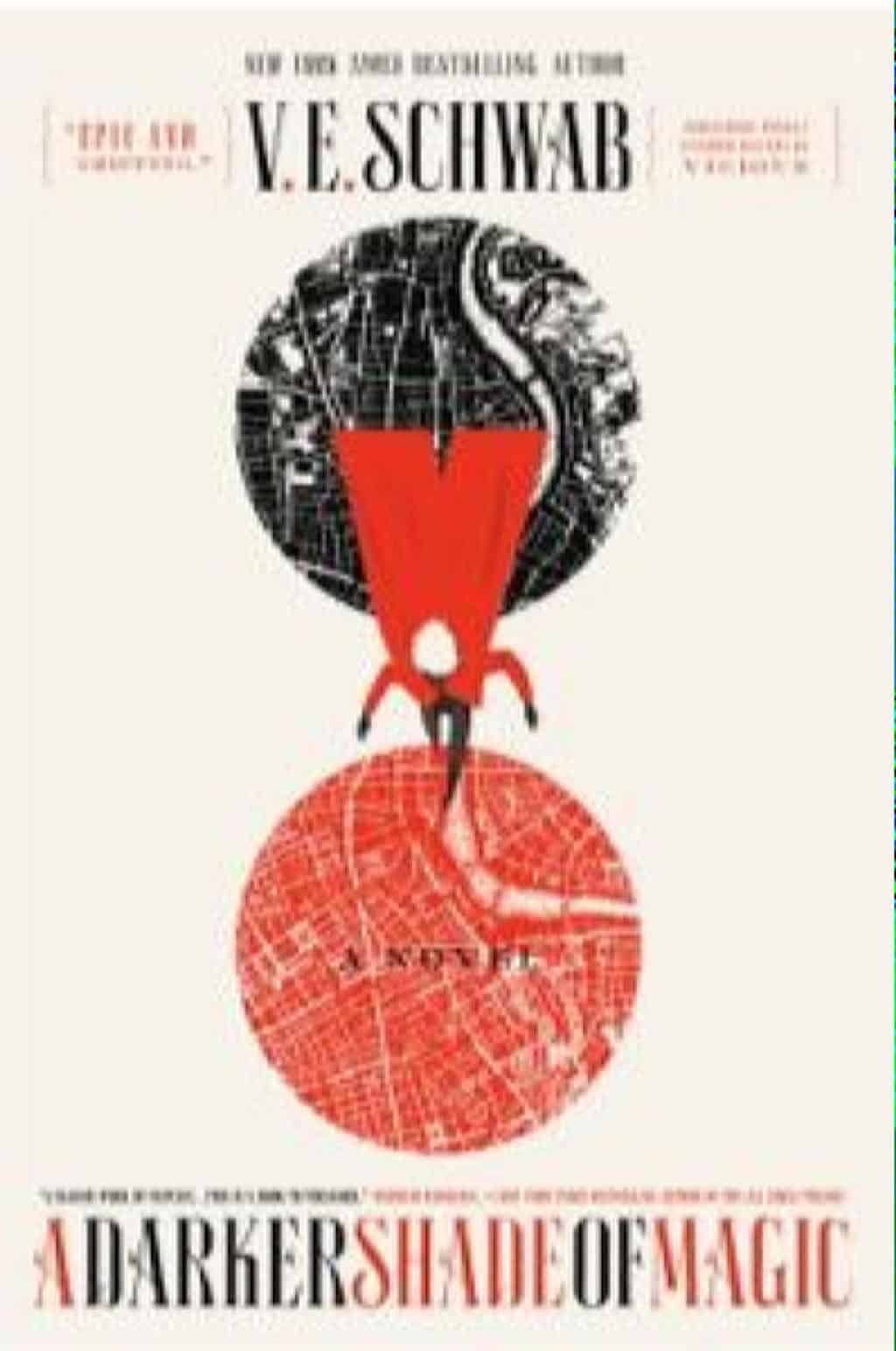 Literary Rabbit Holes
Literary Rabbit Holes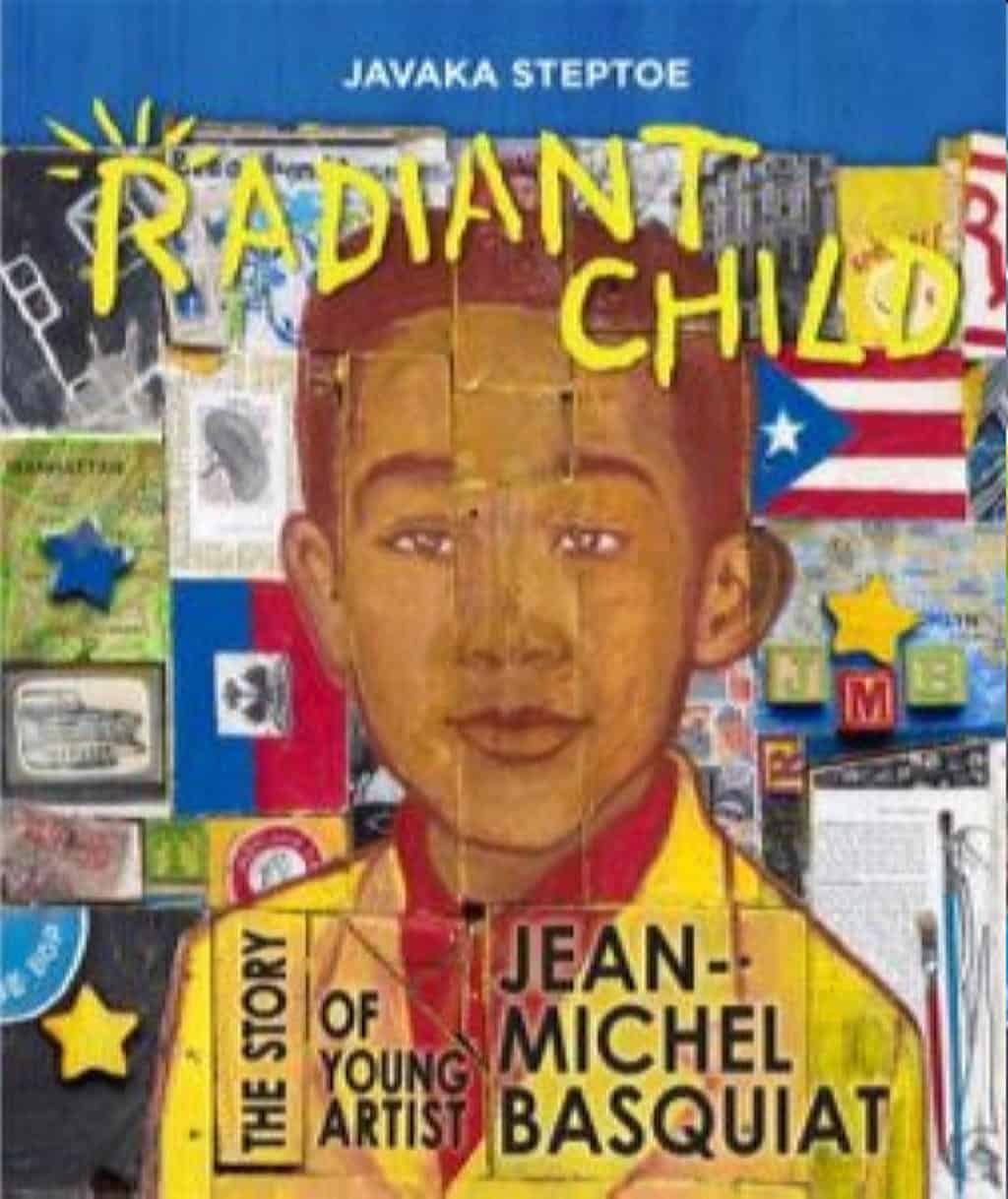 Amazing Artists Inspire Kids to Express Themselves
Amazing Artists Inspire Kids to Express Themselves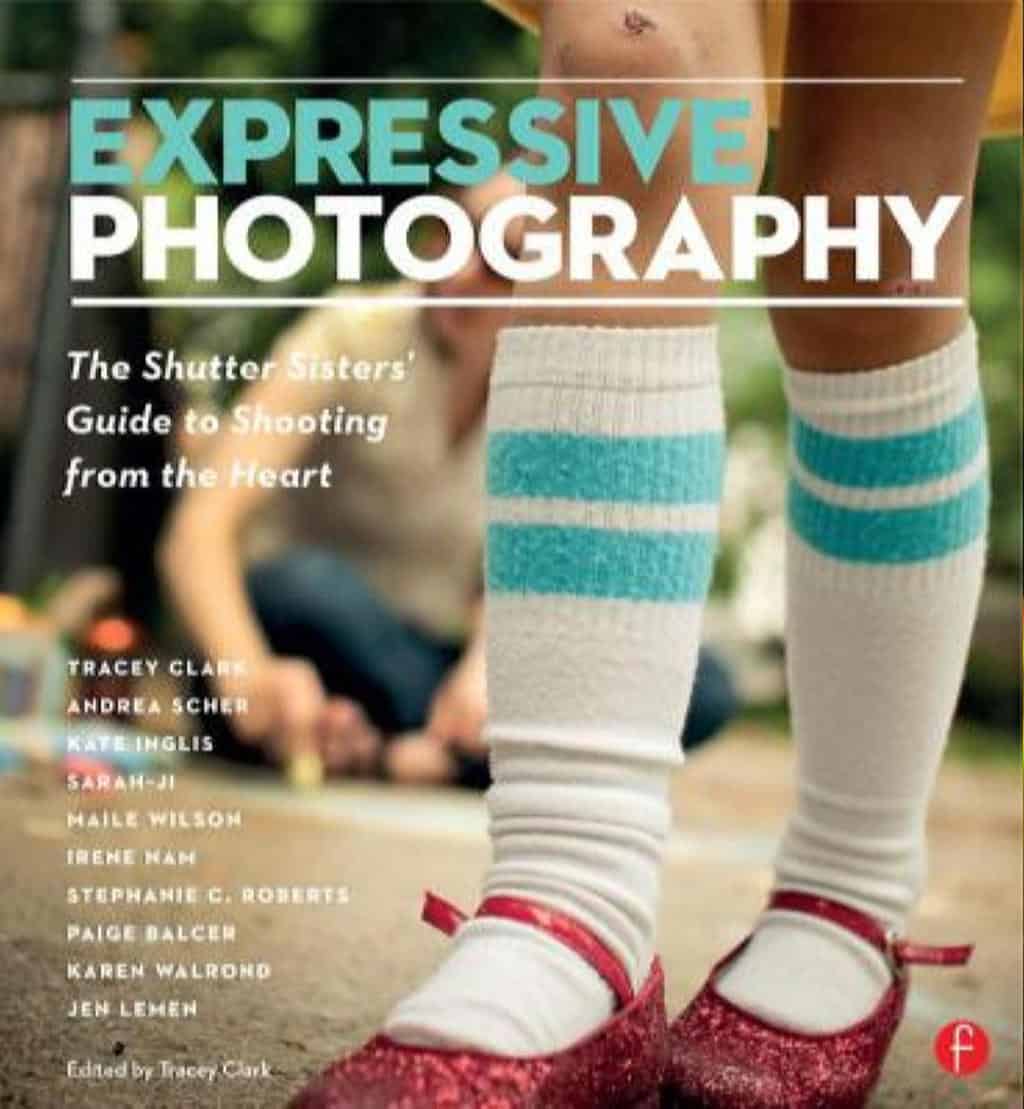
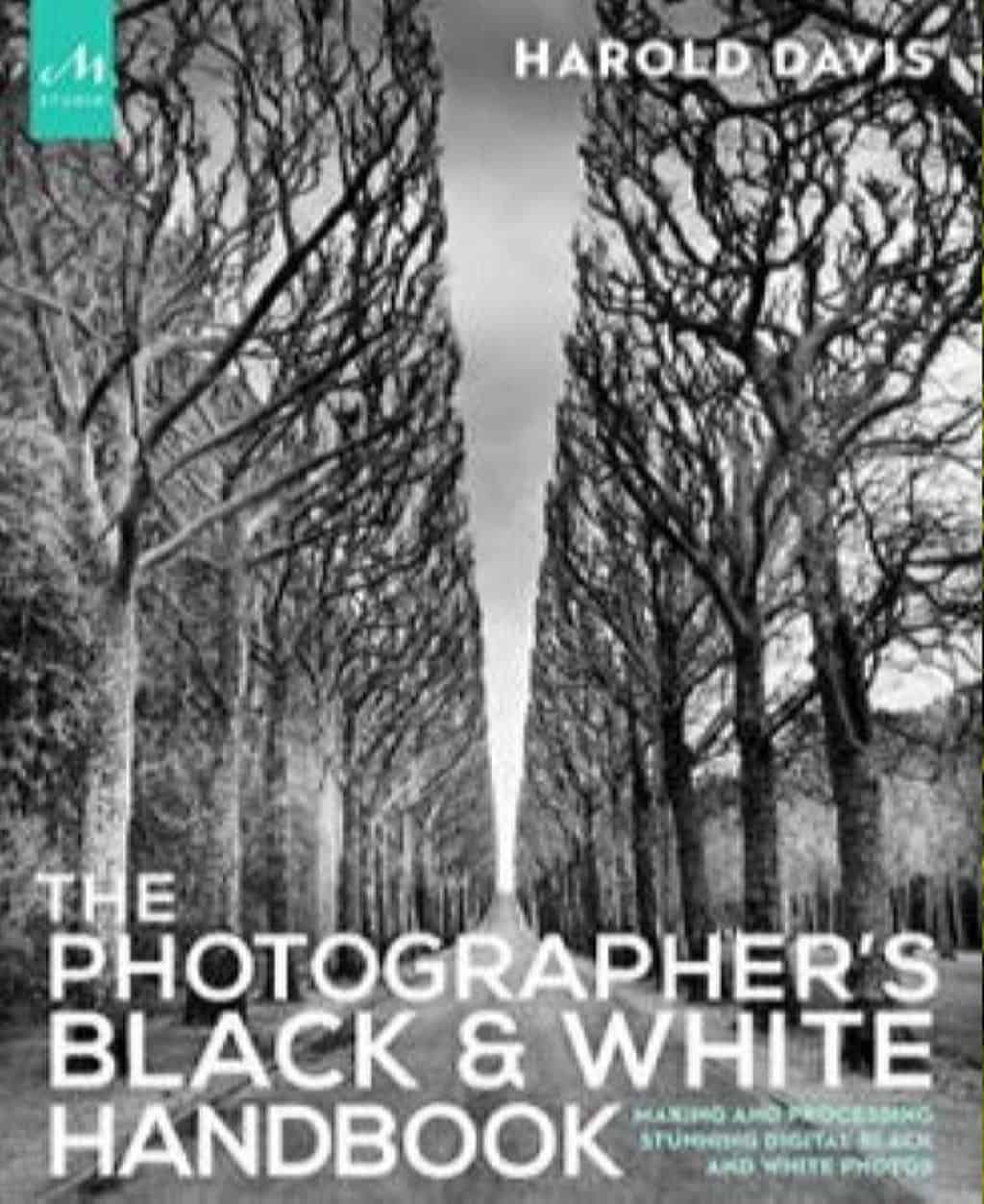 Capturing Beautiful Moments
Capturing Beautiful Moments
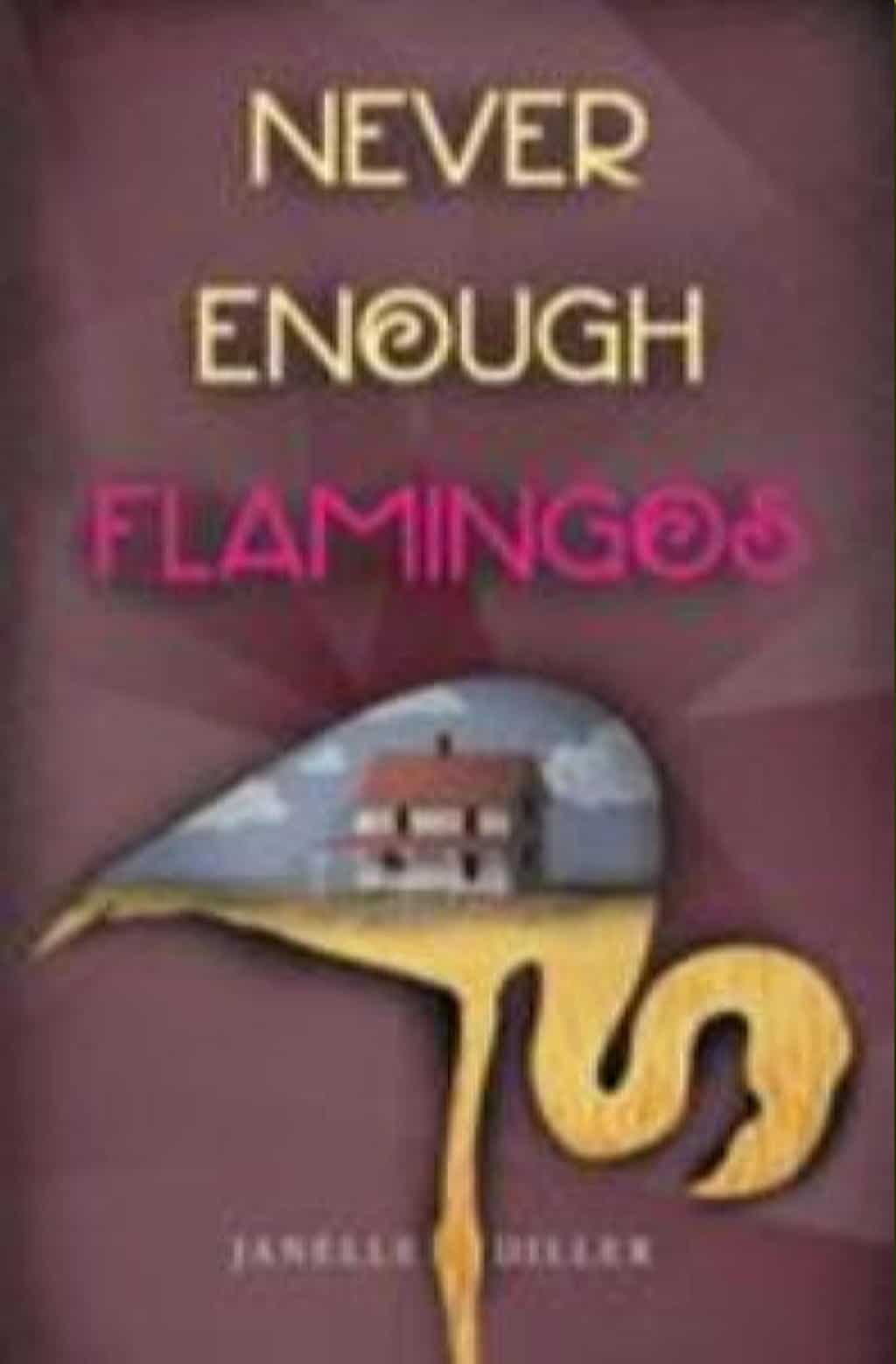 2017 Kansas Book Festival and Kansas Notable Books
2017 Kansas Book Festival and Kansas Notable Books